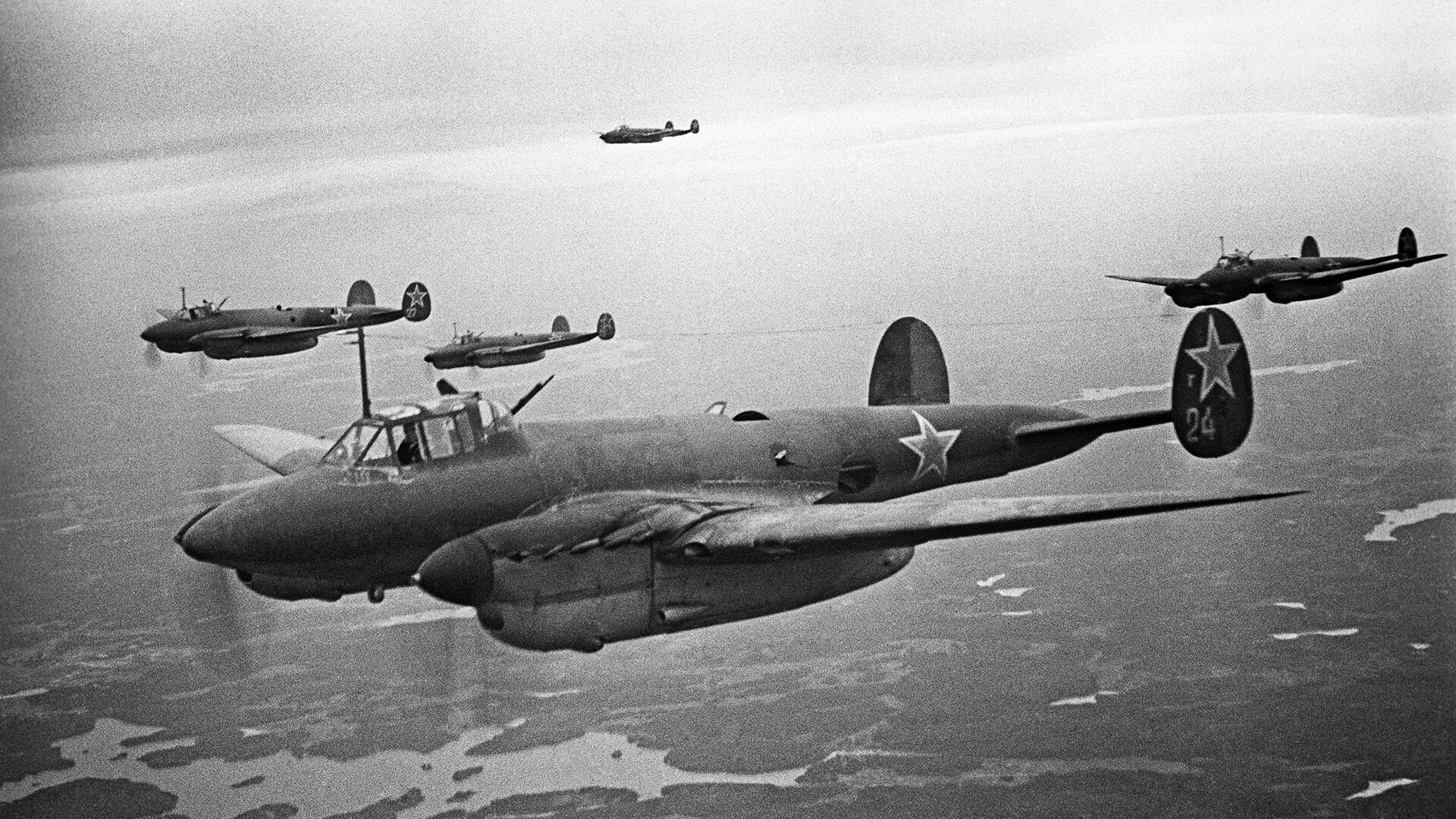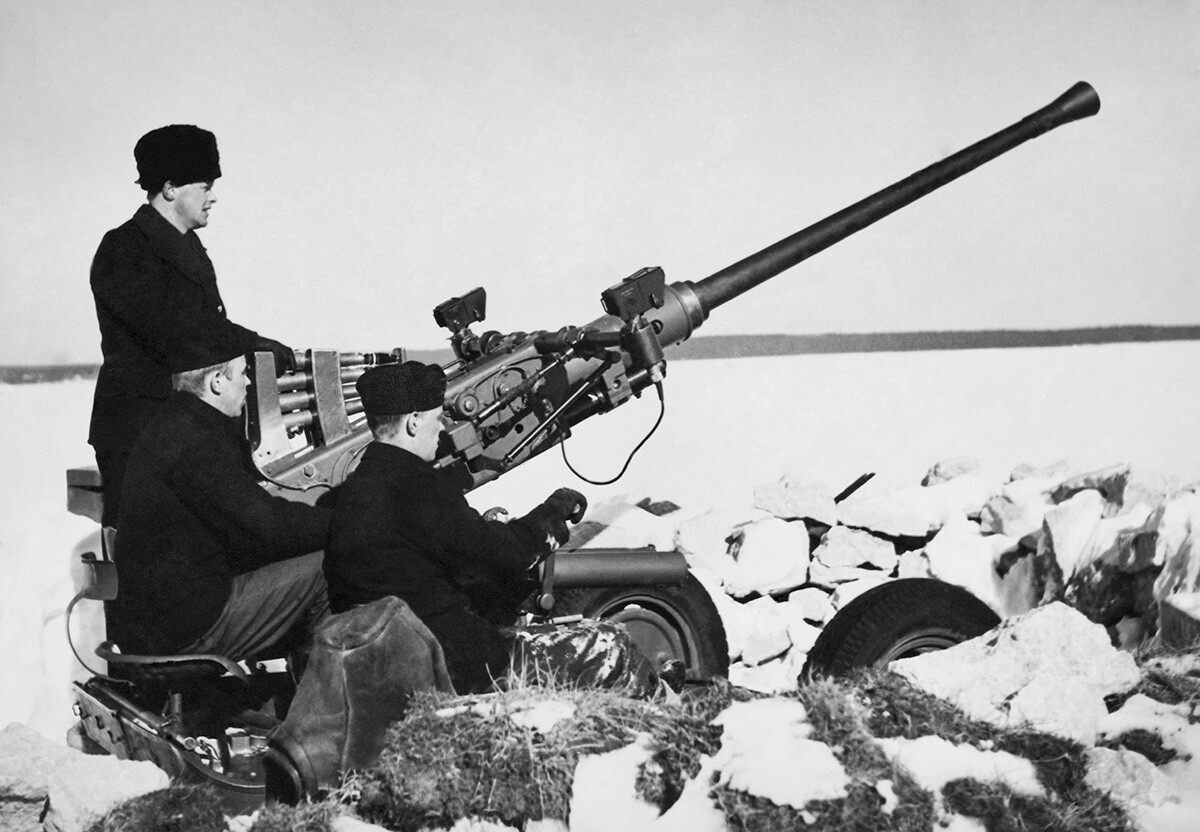
Soviet Pe-2 bombers.
Grigory Chertov/SputnikOn the night of February 22, 1944, the inhabitants of neutral Sweden decided that World War II had reached them. Unknown military aviation had just bombed Stockholm and its suburbs.
The bombs fell in different parts of the Swedish capital. One of them destroyed a newly opened theater, leaving behind a crater three meters deep. Several people were injured in the raid, but, fortunately, there were no casualties.
The Swedes determined from shell fragments that they had been attacked by Soviet aviation and that it had apparently struck Stockholm because of a navigational error. At that time, the Red Army Air Force was actively bombing southern and southwestern Finland and their bombers could well have gotten lost on a dark winter night.

Swedish antiaircraft gun, 1940.
Gamma-Keystone/Getty ImagesHowever, in response to a Swedish demand for clarification, Moscow refused to acknowledge the involvement of its planes in the raid on the city, even if unintentional. Soviet diplomats said it could well have been a provocation by the Finns or the Germans.
There is a version that the strike on Stockholm (if it was carried out by the Red Army Air Force) was not at all due to a navigational error, but was purposefully organized by Moscow. The reason was the case of Soviet spy Vasily Sidorenko.
Sidorenko was detained in Sweden in 1942 for espionage activities and sentenced to twelve years in prison. Soviet leadership repeatedly appealed to the Swedes for his immediate release, but was invariably refused. When diplomatic methods were exhausted, the USSR, according to supporters of this version, decided to act with force.
Coincidence or not, just three days after the bombing of Stockholm, Sidorenko was released on medical grounds and immediately left the country.
If using any of Russia Beyond's content, partly or in full, always provide an active hyperlink to the original material.
Subscribe
to our newsletter!
Get the week's best stories straight to your inbox